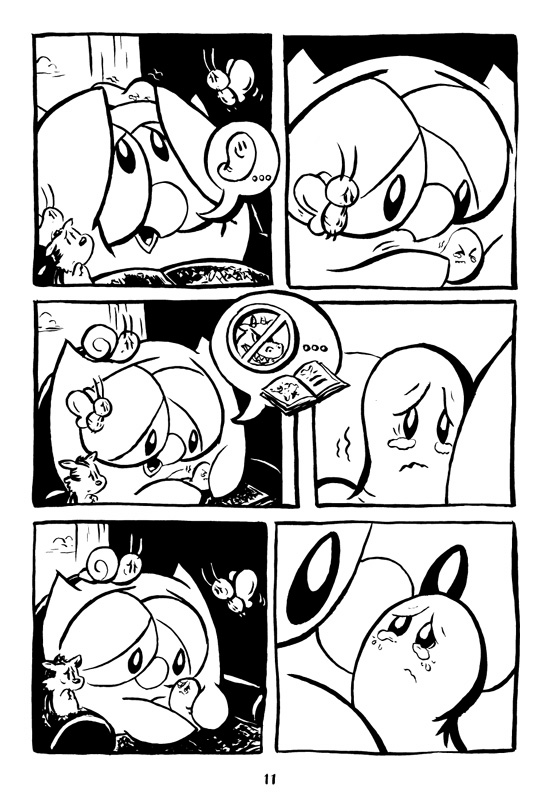Coming up with the idea for a Fulbright was a long and infuriating process. The grant writing process is hard. Finding sponsors in your host country is hard. Revising your application a million times is hard. But nothing compares to the difficulty of finding a topic. I decided I wanted to apply for a Fulbright my first year at college and didn’t come up with a suitable topic until the very end of my junior year. Why is it so difficult to find a topic? The topic has to be original, not embarrassing to the host country, and have an immediate and important impact. The topic had to be something that I was interested in and knew about.
During my first few years, I tried to get suggestions from teachers. I asked my economics professors, art history professors, even my economic history and human rights professors in Argentina. None of the suggestions they gave me coalesced into a topic. I sent about 20 suggestions to the Fulbright adviser, but none of them fit the idea for a perfect Fulbright. Once, angry about the fact that he had just rejected a bunch of new ideas, I wrote him:
“I have been talking to you and emailing you for about a year and a half. In this time, I haven't found a suitable subject. We have already gone over everything I know: economics, art history and Jewish immigration. I would really like to continue looking for a subject, but I feel like everything I know is either too controversial, too historical or has already been done a million times before.”
Needless to say, I was pretty frustrated.
Around this time, I attended Vinetas Sueltas, a weeklong international comic book festival hosted in Buenos Aires. I came across the festival at a friend’s house. We were watching the local news, when a segment came on about Vinetas Sueltas. I looked up the schedule online and began attending the next day. I ended up going to one class “El ojo del lector” (“The eye of the reader”) and two talks “Carlos Trillo y sus dibujantes” (“Carlos Trillo and his drawings”) and “Humor a diario” (“Daily Humor”). A constant theme throughout the festival was the difficulties of getting published and making a living off creating comics. In “El ojo del lector” I learned techniques to create an easily readable narration. The class was filled with struggling comics artists and writers who were trying to break into the industry. In “Carlos Trillo y sus dibujantes,” Trillo talked about the limited Argentine market for comic books. The most successful writers, like Trillo, must publish abroad to sell enough comics to make a living. In “Humor a diario” I found out about the business of creating comics for a large audience.
On the last day of the festival, I told my mother about my problems finding a topic. She asked me “Why don’t you write something about comics?” I sent the Fulbright adviser a few ideas including one about graphic novel industry in Argentina. Much to my surprise, he said that it sounded interesting and I should look into it further. After years and constant frustration, I had found my topic.

